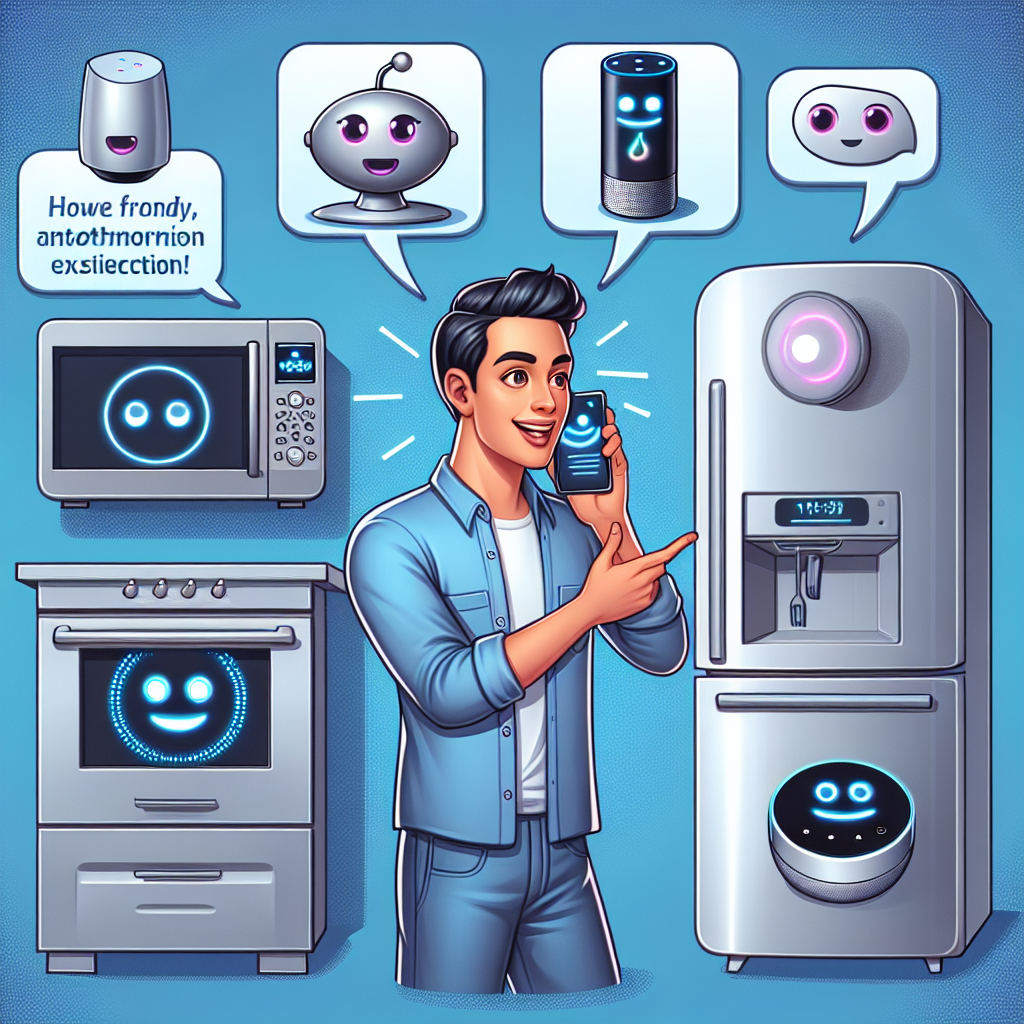Imagine a world where artificial intelligence doesn’t just read text or analyze images, but seamlessly blends multiple data types to unlock mind-blowing insights. Welcome to the exciting realm of multimodal AI! This groundbreaking technology is revolutionizing the way we process and understand information by integrating diverse data sources such as text, images, video, and audio. Unlike traditional single-modal AI systems that focus on one type of data, multimodal AI brings together the best of all worlds, offering a more comprehensive and nuanced understanding of complex scenarios. By combining these different data types, multimodal AI can capture context, nuances, and subtle cues that might be missed when analyzing each type of data separately. This integration allows for richer insights and more accurate decision-making across various industries. From healthcare to education, multimodal AI is transforming the way we approach problem-solving and data analysis, opening up new possibilities for innovation and efficiency. As we delve deeper into this fascinating technology, we’ll explore how multimodal AI is not just changing the game – it’s rewriting the rules entirely.
Practical Applications of Multimodal AI
Multimodal AI is making waves across various industries, revolutionizing how we approach complex problems and decision-making processes. Let’s dive into some practical applications that showcase the power of this technology.
In healthcare, multimodal AI is a game-changer. By integrating medical imaging with patient records and real-time data, doctors can make more accurate diagnoses and develop personalized treatment plans. Imagine an AI system that can analyze an X-ray, cross-reference it with the patient’s medical history, and suggest a tailored treatment approach – all in a matter of seconds. This level of integration leads to earlier detection of conditions and ultimately improves patient outcomes.
Multimodal AI in the Automotive Industry
The automotive industry is another sector reaping the benefits of multimodal AI, particularly in the development of autonomous vehicles. These self-driving cars rely on a complex network of sensors, cameras, and data inputs to navigate safely. Multimodal AI processes all this information simultaneously, allowing the vehicle to make split-second decisions based on a comprehensive understanding of its environment. From recognizing pedestrians to interpreting road signs and adapting to changing weather conditions, multimodal AI is making our roads safer and more efficient.
Enhancing Social Media Analysis with Multimodal AI
Social media analysis has also been transformed by multimodal AI. Platforms can now analyze text, images, and videos together to gain deeper insights into user behavior and preferences. This holistic approach allows companies to better understand their audience, tailor their content, and even detect potential issues like fake news or harmful content more effectively.
Improving Customer Service with Multimodal AI
In the realm of customer service, multimodal AI is enhancing user interactions in remarkable ways. Chatbots and virtual assistants can now understand and respond to multiple forms of input, including text, voice, and even facial expressions. This leads to more natural, context-aware conversations and improved customer satisfaction. For example, a customer service AI might detect frustration in a user’s voice and adjust its response accordingly, offering a more empathetic and effective solution.
As we continue to explore the potential of multimodal AI, it’s clear that this technology is not just an incremental improvement – it’s a paradigm shift in how we approach data analysis and problem-solving. The ability to integrate different data types opens up new avenues for innovation and efficiency across industries, paving the way for more intelligent and responsive AI systems.
Benefits of Integrating Different Data Types
The integration of different data types through multimodal AI offers a wealth of benefits that are transforming the landscape of artificial intelligence. By capturing context and nuances from diverse sources, multimodal AI enables more accurate predictions and analyses than ever before. This comprehensive approach allows for a deeper understanding of complex scenarios, leading to more informed decision-making across industries.
Future Prospects of Multimodal AI
The future prospects of AI are incredibly exciting, with multimodal AI at the forefront of innovation. As we continue to refine and expand this technology, we can expect to see even more sophisticated applications emerge. For instance, we might soon have AI systems that can seamlessly translate between languages while preserving cultural context and nuances, or medical diagnostic tools that can integrate patient histories, genetic data, and real-time health metrics to provide highly personalized treatment recommendations.
At Zygote.AI, we’re excited about the potential of multimodal AI and how it aligns with our vision of making AI accessible to everyone. Our low-code platform empowers individuals and teams to create and deploy sophisticated AI applications without extensive coding skills. By providing tools that can handle diverse data types and complex workflows, we’re enabling our users to harness the power of multimodal AI for their specific needs.
Whether you’re an individual entrepreneur looking to boost productivity, a small team seeking customizable AI solutions, or a software engineer interested in easy AI deployment, Zygote.AI’s platform offers the flexibility and power to turn your ideas into reality. Our goal is to foster innovation and collaboration, allowing users to create, share, and even sell their AI SaaS products in an open market.
As multimodal AI continues to evolve, so too will the possibilities for creating fully automated workflows that require minimal human intervention. At Zygote.AI, we’re committed to staying at the forefront of these advancements, continuously updating our platform to offer the latest in AI technology.
In conclusion, the rise of multimodal AI represents a significant leap forward in our ability to process and understand complex information. By breaking down the barriers between different data types, we’re unlocking insights that were previously hidden, paving the way for more intelligent, efficient, and innovative solutions across all sectors. As we embrace this technology, we’re not just improving our existing systems – we’re reimagining what’s possible in the world of artificial intelligence.









